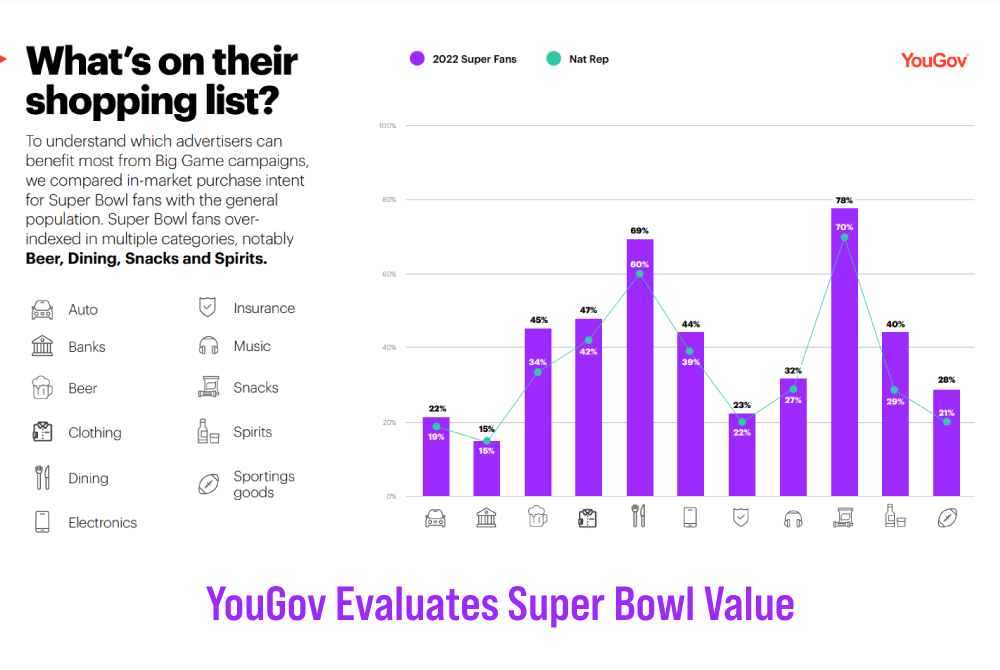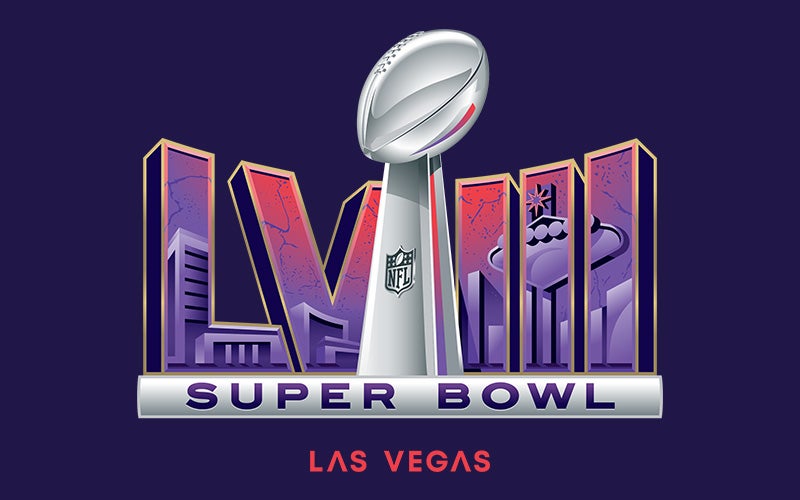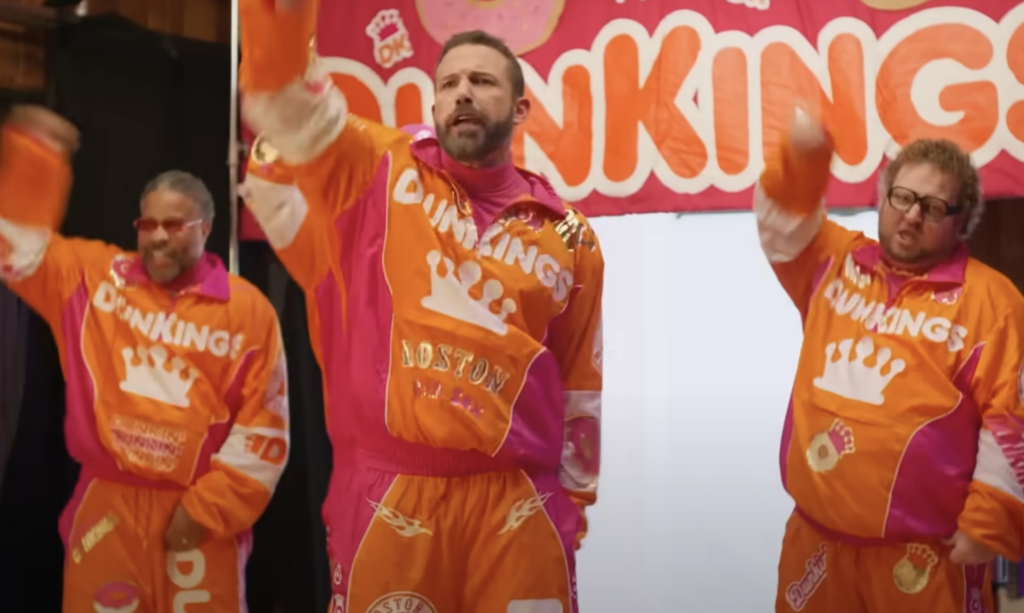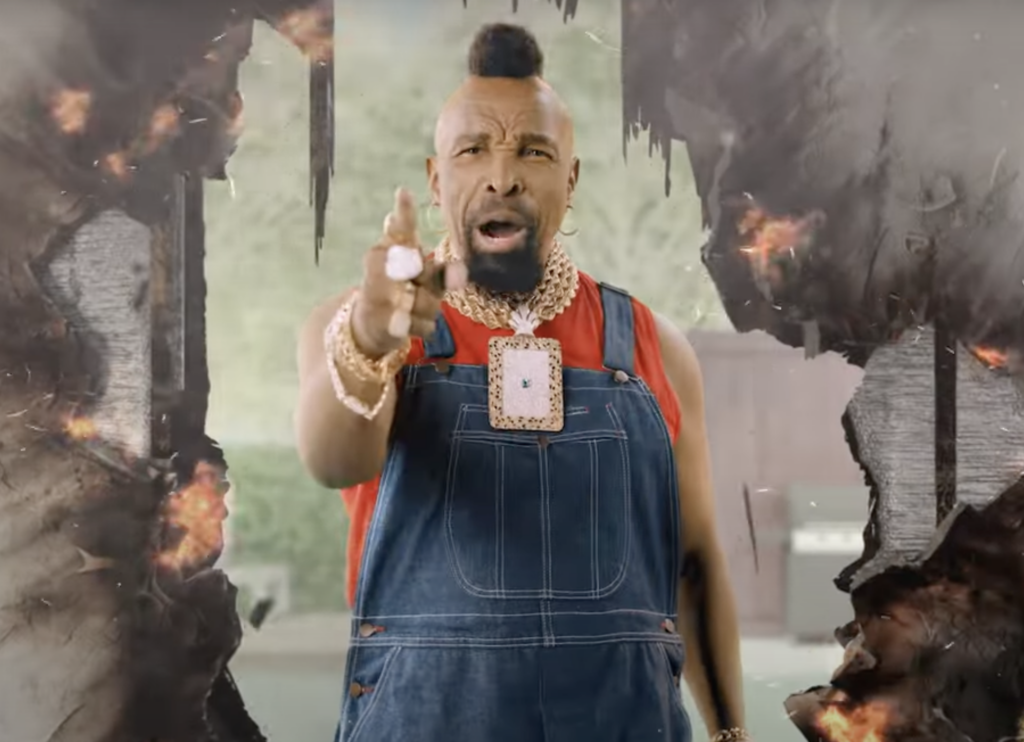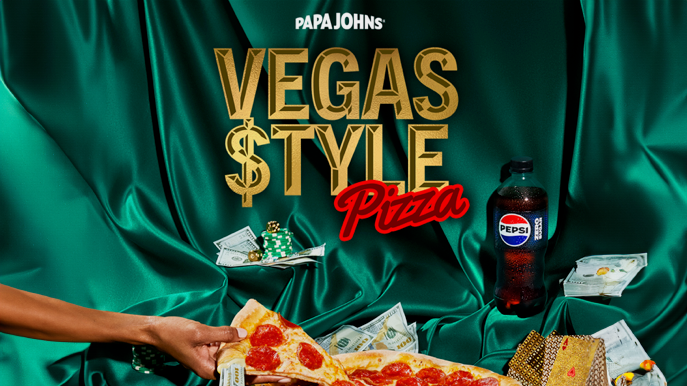At more than $7 million for a 30-second commercial (and a lot of noise, competition and pressure), it’s fair to say many are wondering whether appearing on Super Bowl is worth it. YouGov used data from its panel of 22 million consumers to find the answer, which is…
It depends.
First, brands that skew male, such as beer, snacks, spirits and dining do very well, particularly among the game’s biggest fans. Those so-called “Super Fans” skew male and older, with 49% of the cohort over the age of 55. (That age group only accounts for 38% of the general population.) In most other demographics, the percentage of Super Fans aligns with the general population, except for the 18-24 group, which accounts for 12% of the general population, but only 5% of Super Fans. Among Super Fans, 75% are male, though they account for only 49% of the general population.
Gauging in-market purchase intent, Super Fans skew much higher than the general population in categories such as beer (49% to 24%), dining (69% to 60%), snacks (78% to 70%), and spirits (40% to 29%). The only categories where the general population is above or equal to the Super Fans are banks (15% in each category) and insurance (23% to 22%).
Given the hype and the pressure, it shouldn’t be surprising that the Super Fans are looking to be entertained by the ads during the Super Bowl. More than half (54%) said they wanted the ads to be entertaining, compared to 48% of the general population. And while 39% of Super Fans said they support their teams by buying products from sponsors, 61% indicated they were confused about why some brands supported the sport.
As for whether the whole endeavor is effective, it’s unclear. YouGov evaluated 10 commercials from the past two Super Bowls, including brands from snacks, food delivery, sports betting, and auto categories, measuring the brands’ awareness, buzz and consideration levels.
Among the ads YouGov evaluated over the past two years, most showed increased awareness and buzz. However, brand consideration stayed steady for most advertisers and dropped off in the days after the Super Bowl. Only two of the ten brands evaluated, Pringles and Booking.com, demonstrated significant consideration lifts (3.5% and 5.8%, respectively).
